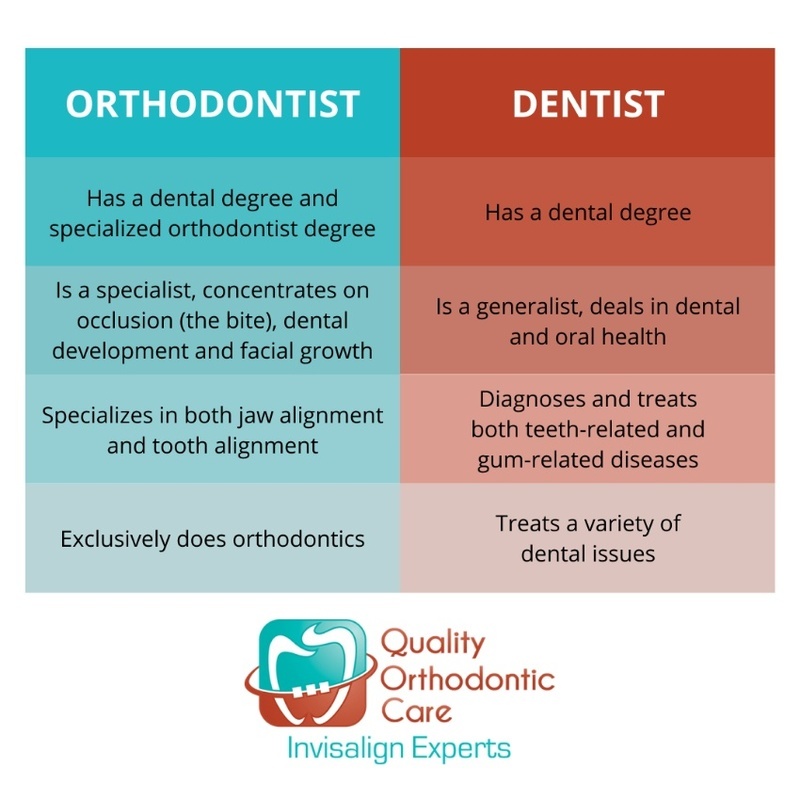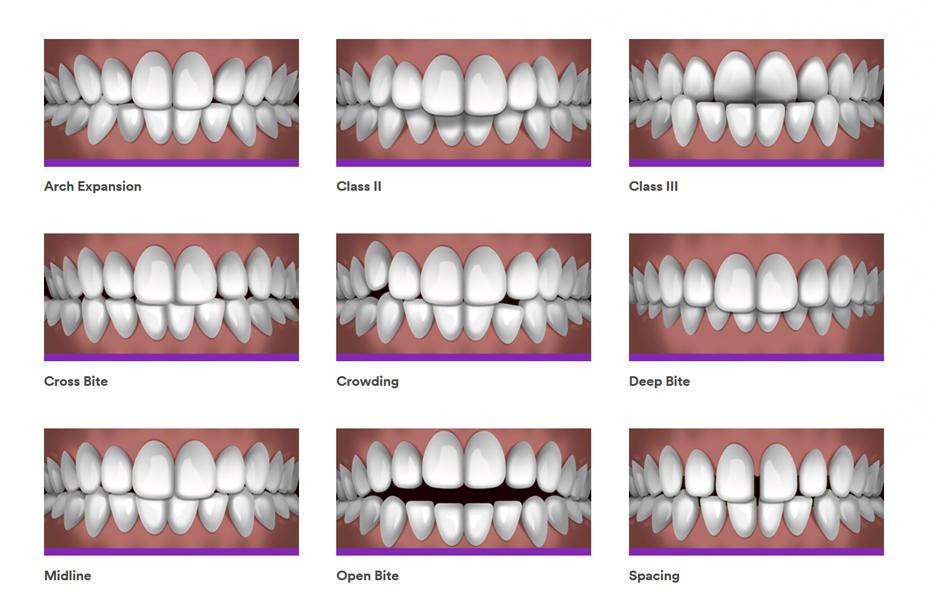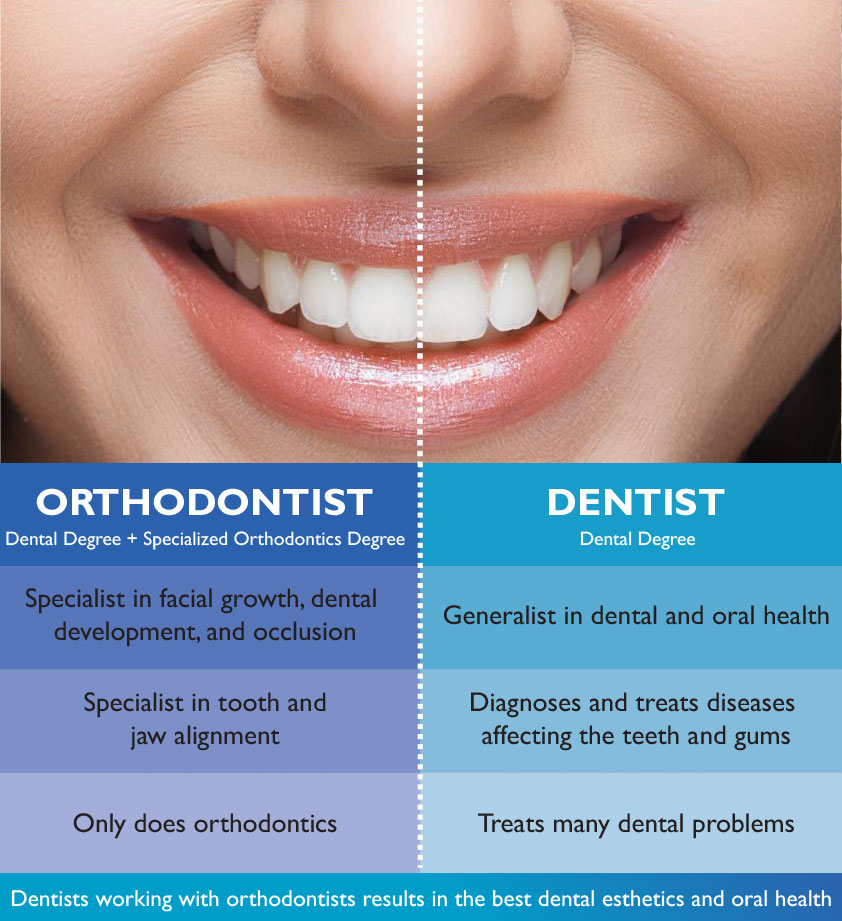Excitement About Causey Orthodontics
Table of ContentsCausey Orthodontics Things To Know Before You BuyUnknown Facts About Causey OrthodonticsFacts About Causey Orthodontics RevealedGetting The Causey Orthodontics To WorkThe Best Strategy To Use For Causey Orthodontics
Neglecting occlusal connections, it was regular to remove teeth for a variety of oral problems, such as malalignment or overcrowding. The concept of an intact dentition was not widely appreciated in those days, making bite correlations seem unnecessary. In the late 1800s, the idea of occlusion was important for developing reputable prosthetic replacement teeth.As these concepts of prosthetic occlusion proceeded, it ended up being an indispensable tool for dental care. It was in 1890 that the work and impact of Dr. Edwards H. Angle started to be really felt, with his contribution to contemporary orthodontics specifically notable. At first concentrated on prosthodontics, he educated in Pennsylvania and Minnesota before guiding his attention in the direction of dental occlusion and the treatments required to maintain it as a typical problem, thus coming to be known as the "father of contemporary orthodontics".

The idea of perfect occlusion, as postulated by Angle and included into a category system, enabled a change towards dealing with malocclusion, which is any type of discrepancy from regular occlusion. Having a full set of teeth on both arches was highly searched for in orthodontic treatment because of the demand for exact connections in between them.
6 Simple Techniques For Causey Orthodontics
As occlusion ended up being the essential priority, facial percentages and visual appeals were disregarded - affordable orthodontist near me. To achieve optimal occlusals without making use of external forces, Angle postulated that having perfect occlusion was the very best way to get optimal face looks. With the passing of time, it came to be fairly noticeable that even an outstanding occlusion was not suitable when taken into consideration from an aesthetic point of view
Charles Tweed in America and Raymond Begg in Australia (who both studied under Angle) re-introduced dental care removal into orthodontics throughout the 1940s and 1950s so they might boost face esthetics while likewise ensuring far better security worrying occlusal relationships. In the postwar duration, cephalometric radiography started to be used by orthodontists for determining changes in tooth and jaw position triggered by growth and treatment. It came to be noticeable that orthodontic treatment can readjust mandibular advancement, causing the development of practical jaw orthopedics in Europe and extraoral force measures in the United States. Nowadays, both practical home appliances and extraoral devices are used around the world with the objective of modifying growth patterns and kinds. Subsequently, seeking real, or at least improved, jaw relationships had actually come to be the primary goal of treatment by the mid-20th century.
Some Known Questions About Causey Orthodontics.
 Until the mid-1970s, braces were made by covering steel around each tooth. https://list.ly/i/10060651., it came to be possible to instead bond steel braces to the teeth.
Until the mid-1970s, braces were made by covering steel around each tooth. https://list.ly/i/10060651., it came to be possible to instead bond steel braces to the teeth.This has had purposeful results on orthodontic therapies that are carried out frequently, and these are: 1. Right interarchal partnerships 2. Correct crown angulation (tip) 3.
The benefit of the layout depends on its bracket and archwire mix, which requires only minimal wire bending from the orthodontist or medical professional (best orthodontist). It's appropriately named hereafter feature: the angle of the port and thickness of the bracket base inevitably identify where each tooth is positioned with little need for added adjustment
7 Simple Techniques For Causey Orthodontics
Both of these systems utilized identical braces for every tooth and necessitated the bending of an archwire in 3 aircrafts for locating teeth in their preferred positions, with these bends determining ultimate placements. When it concerns orthodontic home appliances, they are divided into 2 types: removable and fixed. Removable appliances can be tackled and off by the individual as needed.

Thus, mostly all modern-day fixed devices can be taken into consideration variations on this edgewise device system. Early 20th-century orthodontist Edward Angle made a significant contribution to the globe of dental care. He produced 4 distinctive appliance systems that have actually been used as the basis for many orthodontic treatments today, barring a couple of exceptions.
The Best Guide To Causey Orthodontics

The cord finished in a thread, and to relocate forward, an adjustable nut was utilized, which permitted a rise in area. By ligation, each individual tooth was connected to this extensive archwire (best orthodontist). As a result of its limited range of movement, Angle was unable to attain exact tooth placing with an E-arch
These tubes held a soldered pin, which might be rearranged at each consultation in order to relocate them in position. Called the "bone-growing appliance", this contraption was thought to urge healthier bone growth as a result of its capacity for transferring force straight to the roots. Nevertheless, executing it verified troublesome in truth.
Comments on “All About Causey Orthodontics”